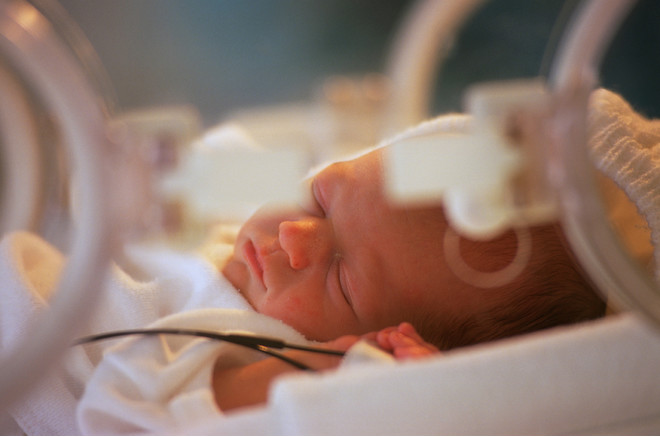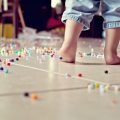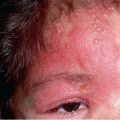When can a premature newborn go home
Sometimes doctors and parents have to seriously fight for the life of the baby so that he can adapt to external living conditions. The development of premature babies is very individual from month to month Photo: Getty A premature baby is discharged home only if the following conditions are met:
The development of premature babies is very individual from month to month Photo: Getty A premature baby is discharged home only if the following conditions are met:
- he has thermoregulation;
- there are no complications;
- the cardiovascular and respiratory systems work independently;
- body weight increased to 2 kg;
- able to suck breast or bottle.
Parents can cope with such a personwithout medical help. In fact, such premature babies grow up to be quite healthy and strong children. Under favorable conditions, they develop according to their own pattern and quickly catch up, and in some cases, surpass normal children.
The height and weight of preterm
There are 4 groups of premature babies:
- The first group includes children born at 36-37 weeks, with a body weight of 2 to 2.5 kg. By 12 months they weigh already 4-5 times more.
- The second group includes babies born in the period from 32 to 35 weeks, with a body weight of 1.5 to 2 kg. One year old kids increase their body weight 5-7 times.
- The third group includes those born at 28-31 weeks, with a body weight from 1 to 1.5 kg. By 12 months such babies weigh already 6-7 times more.
- The fourth group consists of children born at a gestational age not exceeding 28 weeks. Their body weight does not exceed 1 kg.
The last group is called extremely premature. The life of such children must be fought for a long time.
The development of premature babies for months to a year
A baby born prematurely develops motor skills a little later. This largely depends on the newborn's body weight.
- At birth, babies weighing less than 1,500 g confidently hold their heads down on their stomachs only for 5 months, roll over from their backs on their stomachs to 8, crawl and sit by 12, stand and walk by 14-16 months.
- Children with a body weight of 1.5 to 2 kg hold the head at 4 months, turn over at 6, crawl and sit at 10, stand and walk at 12-15 months.
- Children with a body weight of 2 to 2.5 kg hold the head in 3-4 months, turn over at 5, crawl and sit at 9, stand and walk a year.
The difference in skill acquisition compared to full-term babies is from 1 to 3 months. After six months, the indicators begin to level out. Baby development by month:
- The first. Body weight increases very slowly, because the baby can not yet fully eat.
- Second. The baby is getting stronger, you can try to lay it on the tummy. Under favorable conditions, body weight should increase dramatically.
- Third. The little man needs to provide adequate sleep and nutrition. During this period, he begins to respond to my mother's touch. Rapidly developing hearing and vision.
- Fourth. The child begins to make the first sounds, keep the head and be interested in the toy.
- Fifth. The kid determines the source of the sound, turns the head, smiles, holds a rattle in his hand.
- Sixth. The little man tries to roll over. He already recognizes the faces of relatives and is happy when dealing with them.
- Seventh. At this age, the first tooth may erupt. The baby rolls over well and tries to crawl in their bellies.
- Eighth. Makes an attempt to stand on all fours and sit. Positively responds to communication and affection.
- Ninth. The child tries to crawl and pronounce the first syllables.
- Tenth. During this period, the first attempts of movement on the feet. Responds to your name.
- Eleventh. Independently stands, crawls actively, sits down and rises. She is interested in toys.
- Twelfth. It happens that such babies start walking at that age. But most often it happens closer to 14-16 months.
Neuropsychic development proceeds with a littlelate, but does not exceed the permissible norms. Parents must be confident in a positive result, believe in their child, work with him and follow the doctor's instructions.









